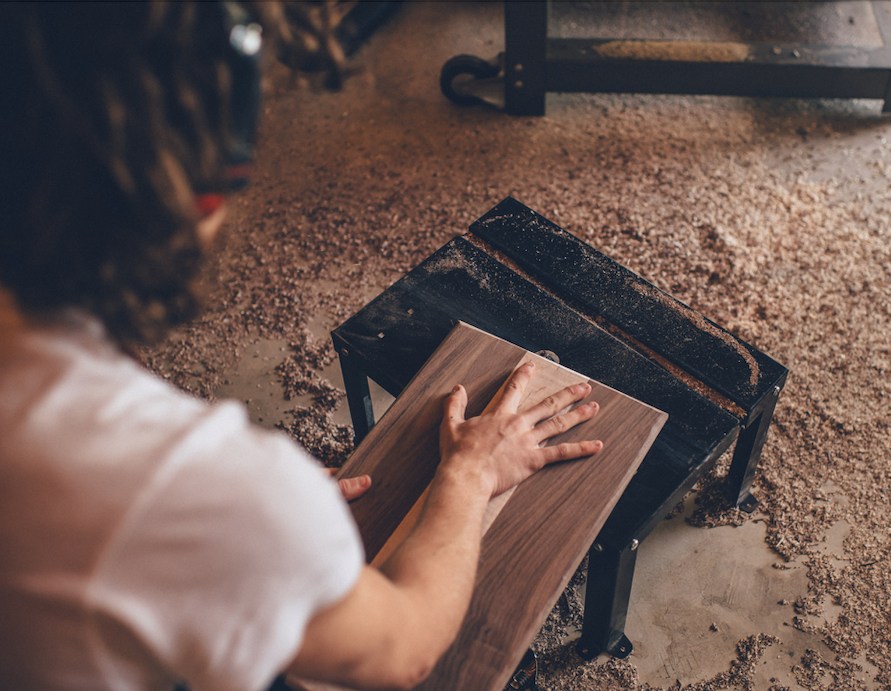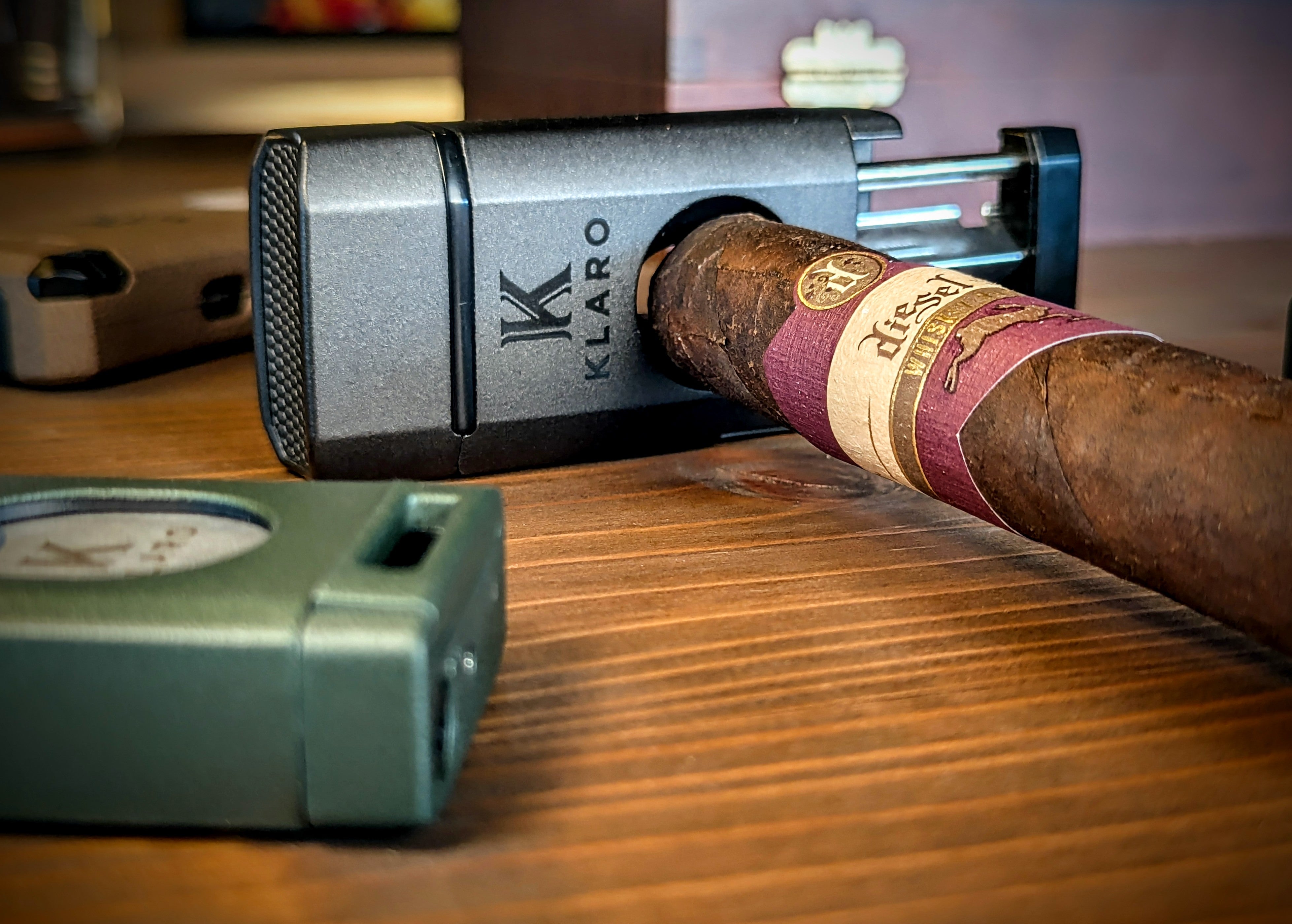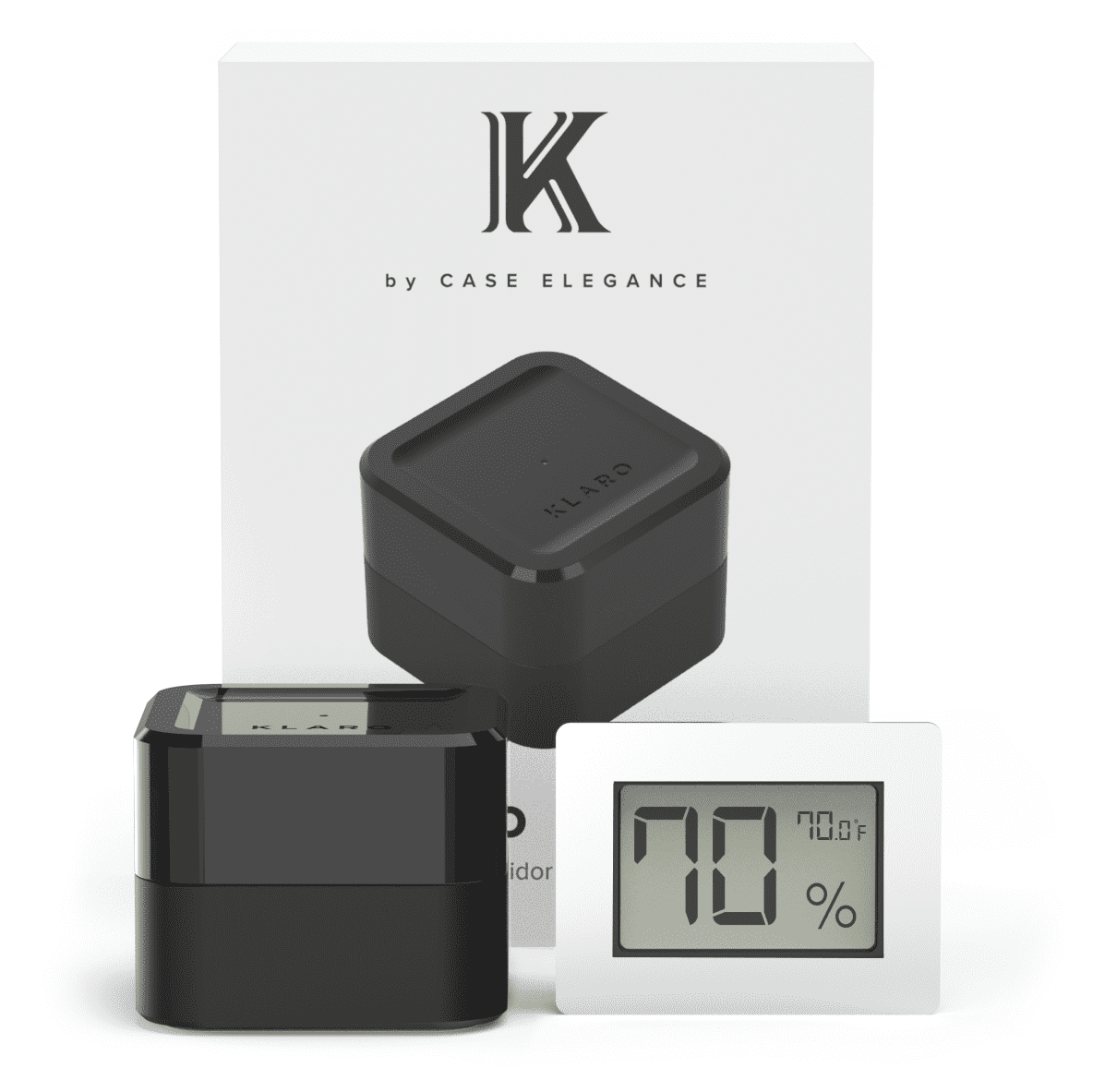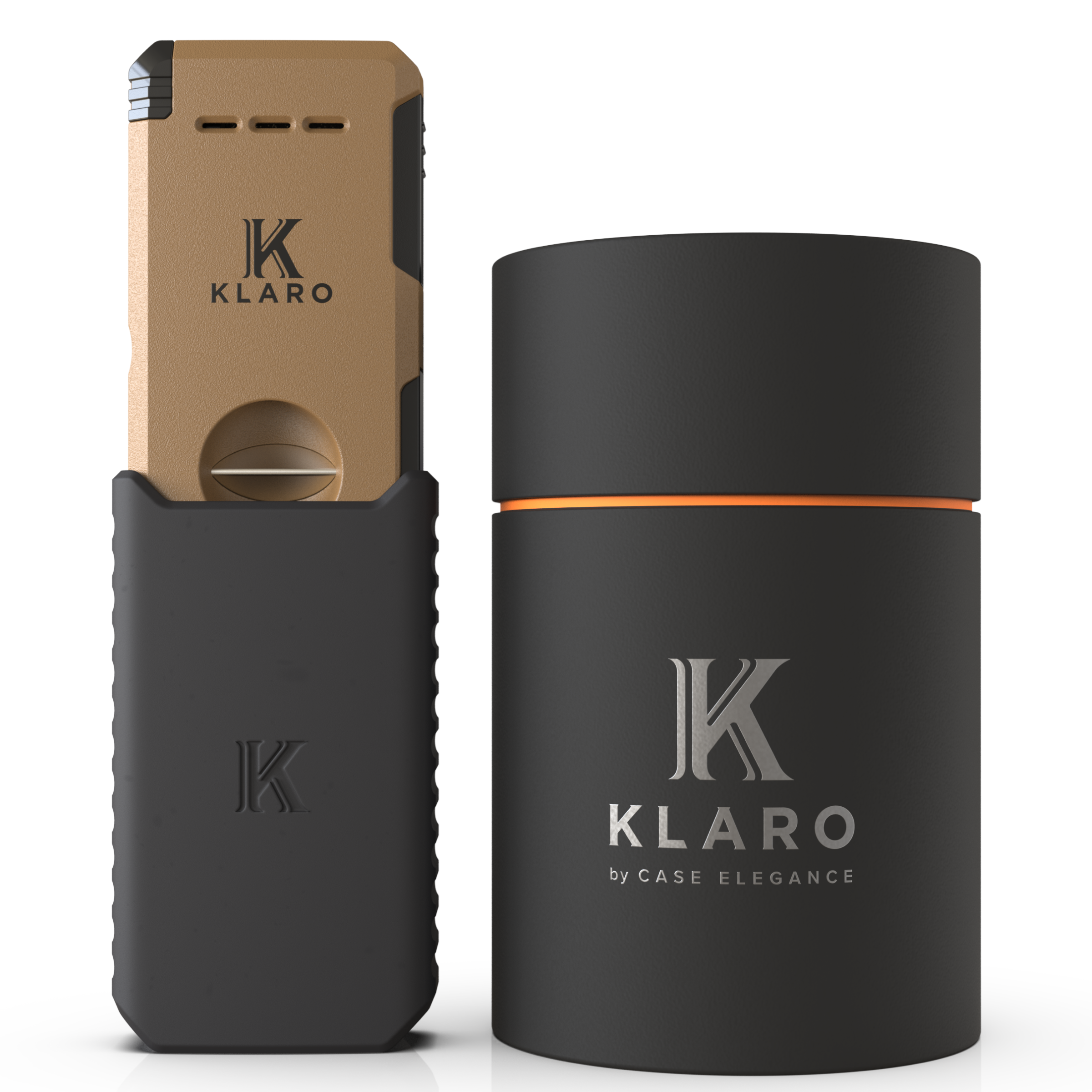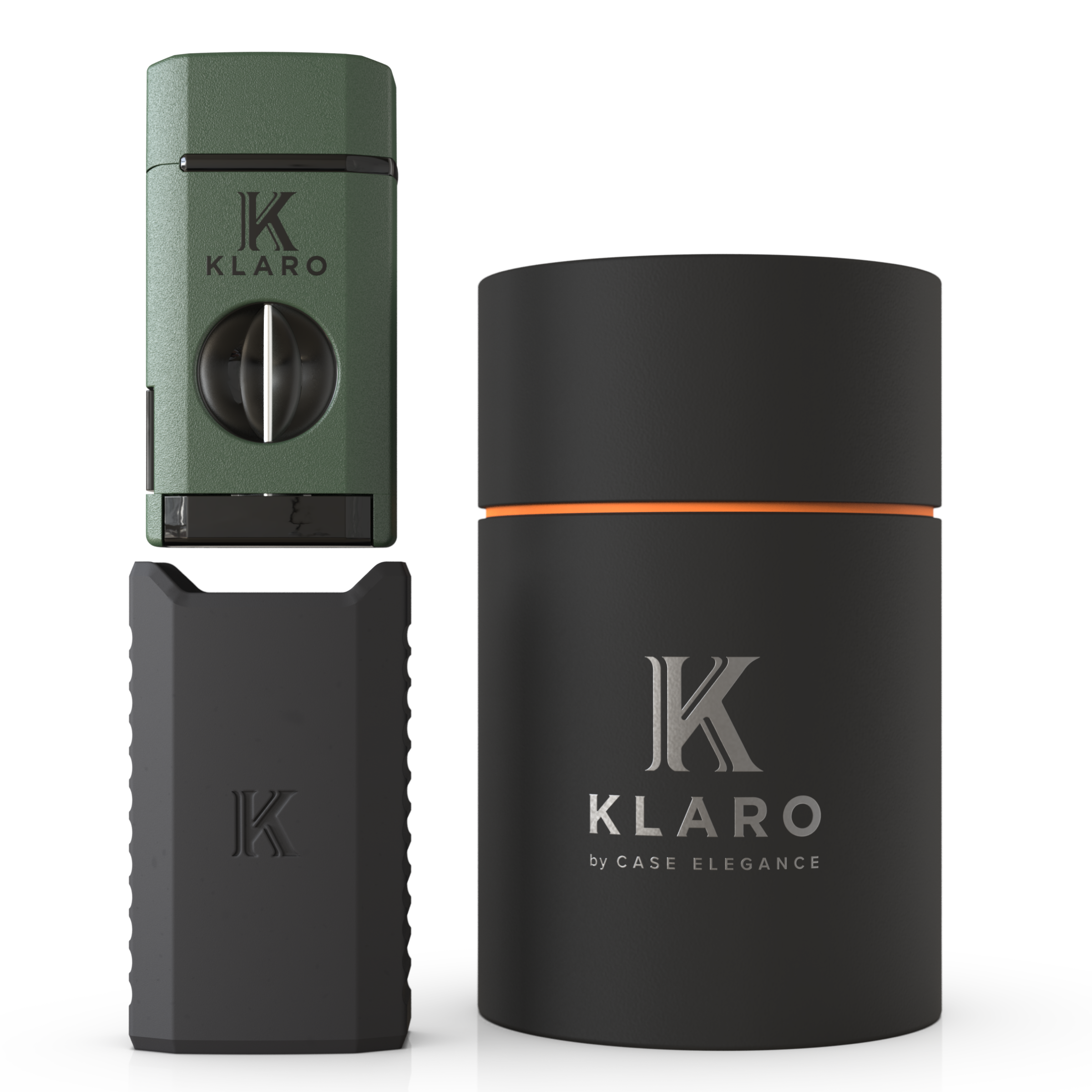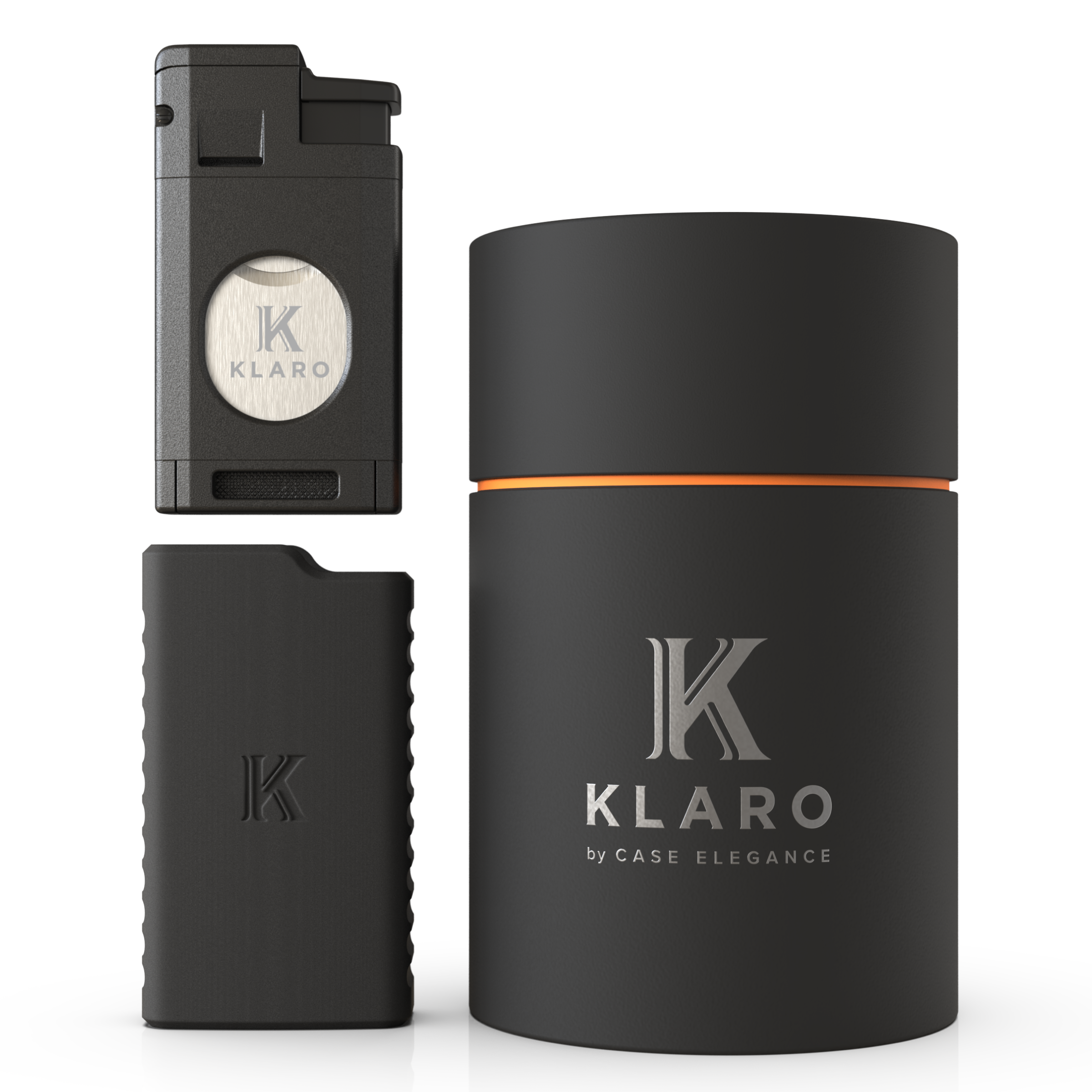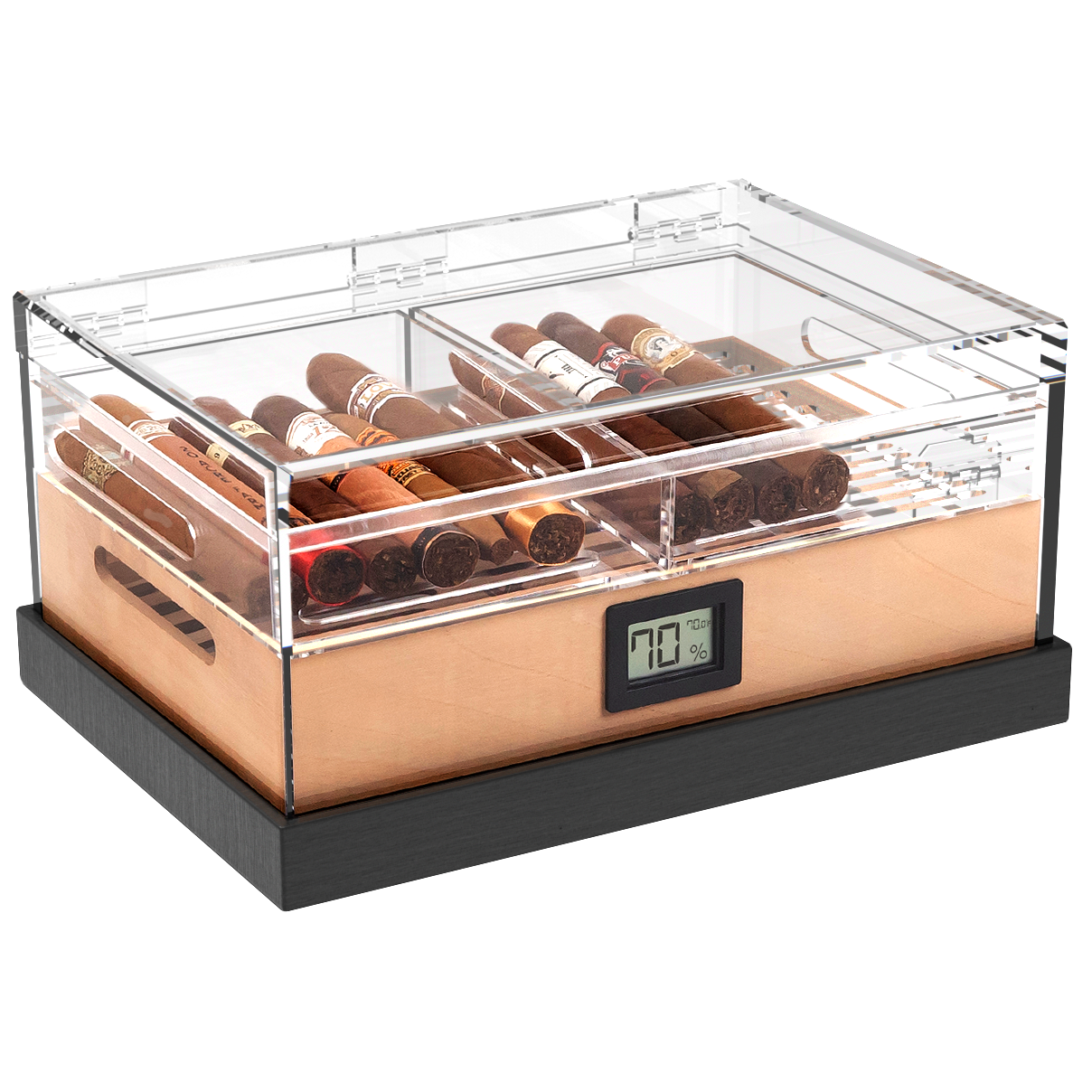
An investment in a humidor can represent how much we value our cigar collections. And that’s because the quality of the humidor determines how well our cigar collections hold up over time--both short and long term.
Without a high-quality humidor, cigars are at risk to the effects of humidity in two ways: in the form of dry-cracking when the air is too dry, or in the form of mold when the environment is too humid. Further, the wrong levels of humidity could affect how the individual cigar burns.
The humidor regulates that by providing the right moisture content. And what’s one of the main factors of a humidor that determines how well the humidor does this? The type of wood used on the interior of the box.
Though humidor wood-choice varies, Spanish cedar is well-known to be king. But did you know why this wood is important—and what other options are available? Here we explore the ins and outs of the types of wood used in humidors.
Overview of Humidor Wood Options

When choosing a humidor, you’ll evaluate different features, like size, aesthetic, electric or not, and the type of wood used. The type of wood can affect how long your cigars are maintained, the risk of dry-cracking or mold, and even the taste of the cigar over time spent in the humidor.
The three types of wood typically used for the interior of a humidor box are: Spanish Cedar, American Red Cedar, and Honduran Mahogany. Each will have advantages and disadvantages—though Spanish Cedar is considered the most appropriate, and its attributes outweigh the others.
But as you decide what type of humidor wood might be best for you, know that the type of wood used will ultimately help determine how expensive your humidor is.
The age-old conundrum of getting what you pay for.
Primary wood options:
Other options for the body of the humidor include walnut, cherry, maple, oak--but these aren’t typically used in the veneer. More recently, some DIY humidor makers have begun using versions of luan wood in their projects with midland results.
We hope that, by walking through the details of the wood quality, you’ll have a better idea of whether or not to go with a lesser option.
Why Does Wood Matter?

The types of wood used on the inside of a humidor can affect how well humidity can be controlled to protect your cigars from drying out or becoming too moist.
The wood acts as a barrier within the humidor that can either absorb excess moisture, or release excess moisture when the interior becomes too dry. This balancing act requires a wood that can be absorbent without causing decay in the wood. This results in a humidor that can control humidity while lasting years. Note, all types of woods benefit from proper humidor seasoning.
The other main concern with the type of wood is tobacco beetles: these thrive in humid conditions and derive their name for obvious reasons. These can destroy a collection quickly, and the type of wood used can be more or less resistant to these insects.
A note on application: when we talk about humidors here, we’re generally referencing humidor boxes, the most feasible option for home cigar collectors. The wood is used in veneer or in solid wood construction, and in these cases a single wood option is typical. But with walk-in humidors, the situation changes a bit: because of their large size, a one wood option isn’t necessarily best. And many walk-in humidors will be constructed from a combination of wood types--mahogany for the walls and cedar for the shelves, for example.
Spanish Cedar

All Klaro humidors are constructed with interior Spanish cedar, and that’s because of its incredible ability to control humidity.
Spanish cedar is the gold standard when it comes to the interior construction of a humidor. This strong wood responds well to moisture--both retaining it as well as releasing it into dry air. It’s kind of a magic wood, because, while it retains moisture well, it’s also highly resistant to rot or warping.
The downside to Spanish cedar is the cost: it’s a more expensive option than the other wood, and there’s a good reason for that. Despite the name, this wood is primarily sourced in Africa and South America and is largely imported. This, plus its efficacy as a humidor wood, results in a higher price point than the other options. But again, the quality of your humidor is an investment in your cigars.
Alternatives to Spanish Cedar
Honduran mahogany and American red cedar are the next considerable options if you decide not to run with Spanish cedar due to the price point. These two types are far more affordable and could be considered as an entry-level humidor wood source. But they come at a cost--whereas Spanish cedar thrives in humidity control, longevity, and resistance to tobacco insects, in one way or another, these two fall short.
Honduran Mahogany

This wood has a similar humidity responsiveness to Spanish cedar, and will generally perform well with maintaining the right humidity levels. The other added benefit to this is the odor is more mild than either of the cedar options--allowing your cigars to retain their complete, original flavor. However, the lack of odor also makes these humidors more susceptible to tobacco insects, which are deterred from the cedar aroma.
American Red Cedar
On the opposite end of the odor spectrum is American red cedar—strong in its cedar aroma, to the extent that it is the most resistant to any tobacco insect of all the humidors. But this is also its downfall: many cigar connoisseurs find that the strong cedar aroma can be pervasive into the cigars themselves, making this a less desired wood option.
Application
The advantages and disadvantages of the wood options discussed so far are in regard to the interior of the humidor. There are two ways this can be applied: veneer or solid construction.
Veneer construction involves your softer, absorbent wood laid out on the inside of the box, while the exterior of the humidor box is built from a hardwood of some kind, generally cherry or oak. There are lots of benefits from construction as it can sustain outside damage easier, and it will be less likely to crack due to being encased in a protective, harder wood. This is becoming more popular among humidors, but others are still made as solid pieces.
The second option occurs when the entire humidor is made from one type of wood—typically the softer wood (cedars, mahogany). But this increases the likelihood that your humidor will be damaged on the outside. Furthermore, that damage isn’t just aesthetic: a solid wood humidor can also begin to crack, which causes moisture to release, effectively ruining your ability to control moisture.
Exterior Material - Options

The interior of your humidor will have the biggest impact on controlling the humidity of the cigar environment—that’s your main concern. But you might be curious about the exterior material, both in quality and aesthetic.
The outside material will generally be constructed from wood or a carbon fiber material. Wood options will typically be finished with some type of hardwood like walnut or cherry, but it’s mostly an aesthetic choice and won’t have much effect on the quality of determining humidity. That being said, when evaluating the exterior, consider the durability of the material, and consider the aesthetic appeal.
Evaluate your options across the board when picking out a humidor, and approach it with the understanding that, as a part of your investment in cigars, the right wood choice can determine the level of protection you’ll see.

